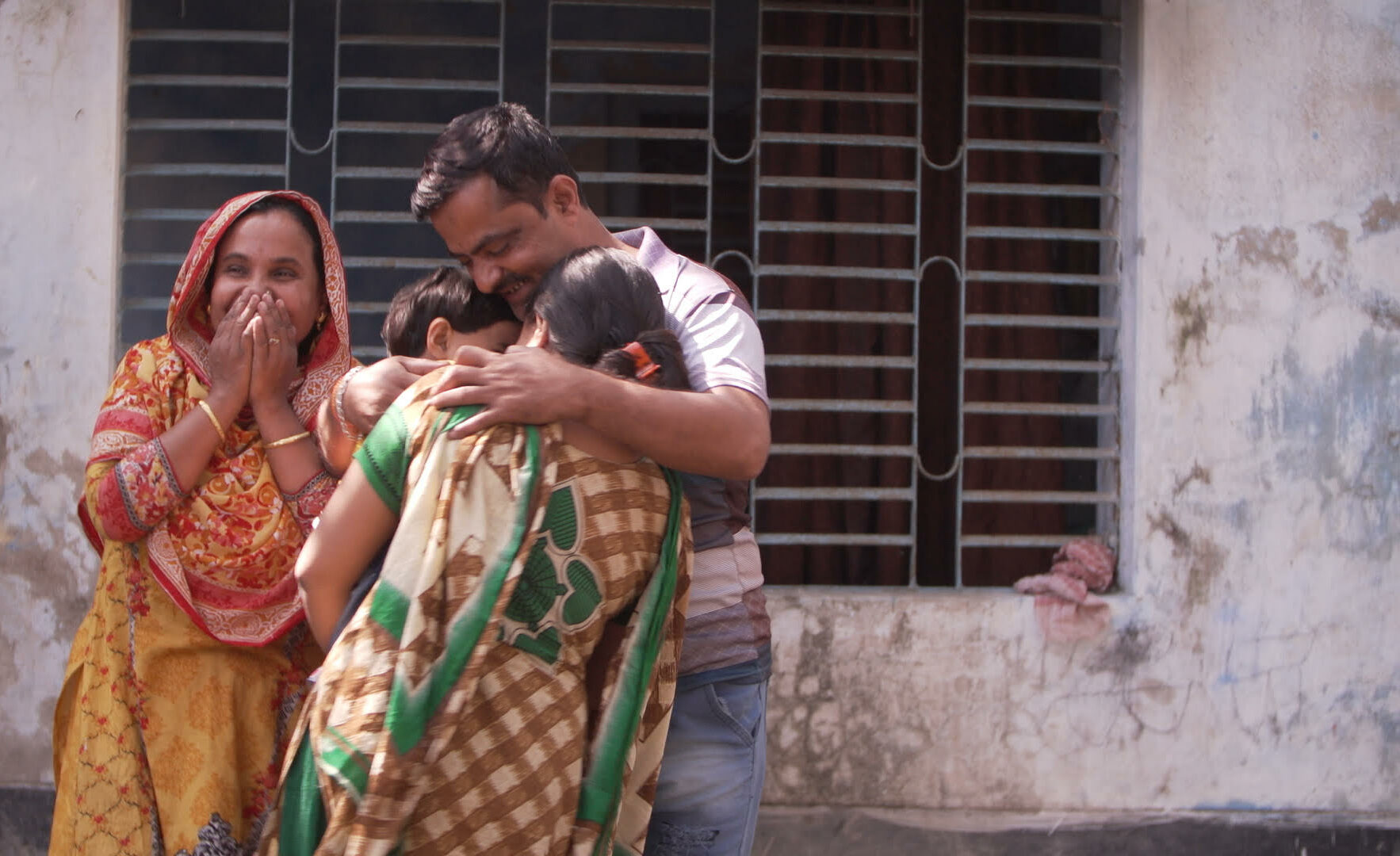“Their understanding of consent and personal safety was being steadily eroded over time.”: Researcher Dr Hannah Miller on the Trafficking of Girls in Romania
May 30, 2025
As part of our Her Future campaign, we sat down with Justice & Care’s own Global Research Lead, Dr. Hannah Miller to discuss our recently published report ‘Hidden Chains and Missing Links – Child Trafficking in Romania: A Comprehensive Study’. The report focuses on the contextual vulnerabilities girls face, and the systemic failures that allow exploitation to persist. Here, Hannah reflects on the project, its findings, and why prevention must begin in communities and classrooms.
Tell us about the research: what sparked it, and what did it set out to achieve?
The project came out of what the Justice and Care Romania team were seeing on the ground—particularly gaps in the national data around child trafficking. They wanted a much more comprehensive and regionalised picture of what child trafficking actually looks like today.
The study identified three core counties with particularly high prevalence and conducted in-depth interviews with experts in those areas. It’s quite novel in that sense, a contemporary, qualitative analysis to bring the numbers to life. And it’s already helped inform our advocacy work, as well as enabled us to apply for new funding to shape future research and programming.
What were some of the biggest takeaways for you and was there anything that surprised you?
One major takeaway was the persistence of trafficking, particularly of girls, and especially for sexual exploitation. That wasn’t a surprise, but having it confirmed by a range of leading experts on the ground was really important. What stood out was how trafficking in Romania is shaped by some very specific contextual factors. It highlighted the typical vulnerability indicators, like poverty, education, yes—but also things like the impact of disorganised family structures, a lack of oversight on children’s online activity, and the widespread normalisation of sexual violence. Some of which are particularly exacerbated in rural areas.
Another big takeaway was around prevention. We saw a real need for community-level responses that are collaborative and cross-sector. That’s where prevention will be most effective—at the local level, in the spaces where girls live and learn.
A lot of the research centres on the prevalence of exploitation of girls. What did you learn about their experiences specifically?
The report found that girls—especially those aged 14 or 15—are particularly at risk, and especially in rural areas. One of the most significant findings was the method of recruitment. Online grooming came up time and again, with traffickers using social media to lure girls with promises of jobs, education, or romantic relationships.
The “Loverboy” tactic was frequently cited. And in some cases, sadly, family members were complicit in the trafficking process—either knowing or unknowingly facilitating the exploitation of their own children. That made consent even more complicated.
We also saw institutional failures. Girls placed in state-run childcare homes were vulnerable due to overcrowding, under-resourcing, and staff not being equipped to spot signs of exploitation. Also, law enforcement often failed to recognise signs of victimhood, or didn’t believe victims at all, which discouraged reporting. And then there’s the trauma and stigma when they return home – we saw significant gaps in support to address these.
You mentioned the normalisation of sexual violence; can you speak more on that finding?
Yes, that was one of the most alarming findings. The research showed girls were routinely exposed to harmful sexual content online. It wasn’t just one-off exposure—it was continuous, which meant their understanding of consent and personal safety was being steadily eroded over time.
It’s scary—as a parent myself, it really struck me. When that kind of exposure is combined with a lack of sexual education, vast experiences of domestic violence, or low digital literacy among parents, you end up with an environment where girls don’t always realise they’re being exploited. And even if they do, they may not feel like they can speak out or know where to go to get help.
From your perspective, what needs to better protect girls from trafficking?
There’s a lot, but to start with—education. Romania’s education system doesn’t currently include comprehensive or systemic safeguarding, digital safety or adequate sex education. That needs to change. Teachers, school counsellors, and social workers need to be trained to spot the signs and respond to risks. Children need to understand what exploitation looks like. And families need digital literacy tools to help protect their children online.
There’s also a policy angle. We need better funding and minimum standards for school counselling services. Our Justice and Care’s team in Romania are pushing for anti-trafficking measures to be explicitly included in new legislation around school safety.
But none of that will work without communities. Prevention has to be rooted in trust—families, children and young people need to know who they can turn to, not just for help, but for opportunity and support that reduces their vulnerability.
And finally, do you think it’s important to discuss the gendered nature of trafficking?
Absolutely. Every time we do research, we want to break down data by demographics, like education, race, economics, gender.
Trafficking is complex, and it looks different depending on who you are. If we don’t include a gendered analysis, we miss crucial nuances. In this study, it’s what allowed us to uncover the widespread normalisation of sexual violence as a significant risk factor for girls.
That said, the study also found a rise in sexual exploitation of boys. So gendered analysis isn’t about excluding, it’s about being precise. It helps us target the right policy changes and support mechanisms. If we want to build a safer future for all children, we have to understand the specific risks they face.
The research underscores the urgent need for targeted prevention — to protect children whose futures are being shaped by risk, not choice. Through the Her Future campaign, we’re working to change that: supporting girls to rebuild their lives, strengthening the systems meant to protect them, and driving community-led solutions where the risks are greatest.
You can be part of that change.
Donate now. Her future starts today.
Until 31 May, every donation up to £235,000 to Justice and Care will be doubled — helping us protect more girls from trafficking and support more survivors on their journey to freedom, justice and empowerment.
Head to our policy page to read the full report.



